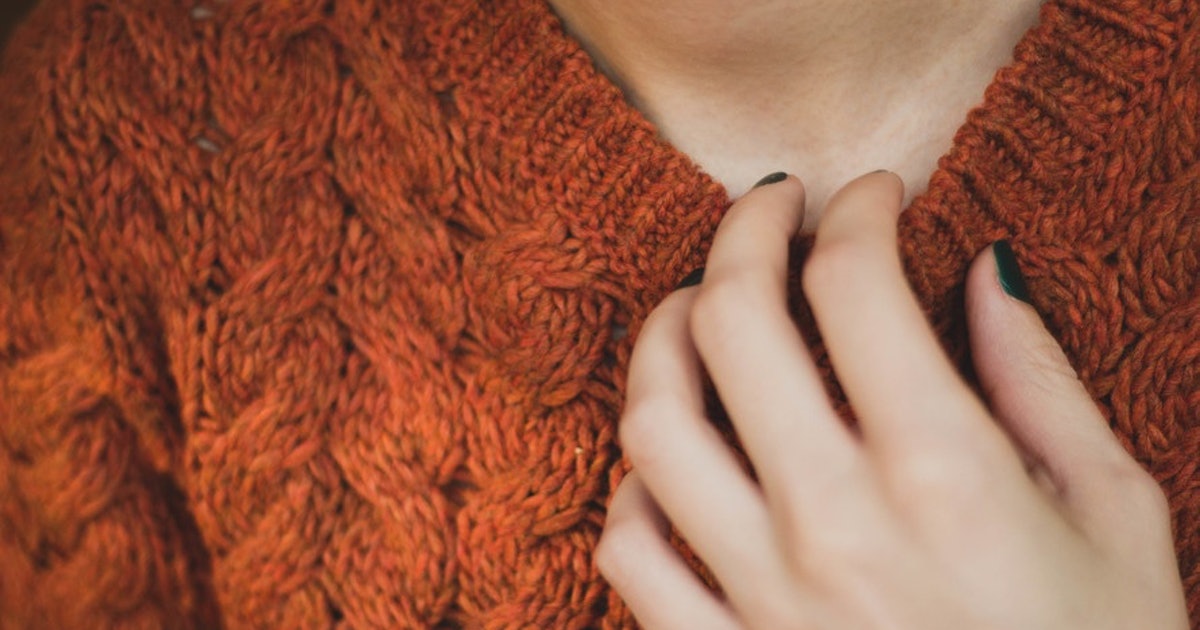Common Symptoms Of Sensory Processing Disorder
Sensory processing disorder (SPD) is marked by either an overactive or underactive response to everyday sensory stimuli. Its severity can range from mild to genuinely debilitating and can affect one or multiple senses in an individual. SPD affects the way the brain receives messages from the body’s sensory systems. An individual with this condition may find everyday sensations intolerable, painful or distressing. Some patients are under-sensitive and instead appear to not notice or respond to sensory stimuli. The same individual can be both over-responsive and under-responsive across different senses.
Hypersensitivities or under-responsiveness can create significant problems with daily activities. Occupational therapy treatments can potentially help retrain the brain’s response to these mixed messages and lessen the impact of sensory processing disorder in everyday life. Get to know the hallmark symptoms of sensory processing disorder now.
Oversensitive To Sound Or Visuals

Sudden loud noises and even regular environmental sounds like a vacuum cleaner, ringing telephone, or music can cause distress in individuals highly sensitive to sound. They may find themselves unable to block out even the faintest sound, like a ticking clock or whirring fan. If visual sensitivity is a concern, an oversensitive person may find bright or harsh lights, flashing lights, and busy patterns intolerable. Fluorescent lighting in an office or school can be too harsh. Some highly sensitive individuals cannot even tolerate being outside on a bright, sunny day.
Someone affected by sensory processing disorder may find loud noises, bright lights, and other sounds or visuals highly distressing. Individuals who are oversensitive to sound or visuals often need to make modifications to their environment to limit the amount of sensory input they receive. Noise-canceling headphones or earplugs may be required just to block out everyday background noise. Dim lighting and dark sunglasses are often helpful in reducing overstimulation from light.
Strong Preferences Or Aversions To Certain Textures

Tactile sensitivity can result in strong preferences or aversions to certain textures. This sensitivity can cause problems in many areas of daily life including eating, dressing, and personal hygiene. The same individual may have strong preferences for one texture and a strong aversion to others. Strong preferences or aversions to certain textures can result in a limited diet. A child with tactile sensitivity may be inaccurately labeled a picky eater. Foods with crunchy, chewy, or creamy textures can be either highly intolerable or desirable for a person with sensory processing disorder.
Certain fabrics or tags in clothing can make dressing difficult for someone with SPD if they are easily irritated by certain tactile sensations. They may find it impossible to wear wool or other coarse fabrics. Long sleeves or full-length pants can also be uncomfortable for some individuals. Personal hygiene can be another problem area concerning tactile sensitivity. The textures of water, toothpaste, and some soaps may cause distress in some patients, and others may find these textures soothing.
Unresponsive To Sensations Around Them

SPD can also result in a delayed or absent response to sensory information. When an individual is unresponsive to sensations around them, they appear withdrawn and difficult to engage. Sensory stimuli go unnoticed, or the response to such stimuli is delayed or otherwise unusual. Someone who is unresponsive to sensations may have symptoms involving just one sense or across multiple senses. It is possible to be under-responsive with regard to one sense while another sense is overly sensitive.
An under-responsive person may not notice someone is talking to them and may not even react to very loud noises. This person may use an inappropriately loud voice or listen to extremely loud music. Someone who is unresponsive to tactile sensations may not notice if something is very hot or cold. A child with a low tactile response may not feel pain from bruises, cuts, or even broken bones. Even when an under-responsive person reacts to a sensation, the response may be noticeably less intense than would be expected.
Poor Coordination And Balance

The proprioception and vestibular systems affect body movement and balance. Problems with these lesser-known senses can manifest as poor coordination and balance in a person with sensory processing disorder. The proprioception system involves messages to the muscles and how much pressure or force to use, while the vestibular system controls how movement is experienced.
Poor coordination and balance result when these systems are out of sync. A patient with SPD may appear clumsy or uncoordinated because they cannot accurately sense how much pressure to use when walking, running or climbing. They may often trip or move with a noticeably heavier gait. Someone with poor proprioception may appear overly rough or aggressive because they are unaware of how much force they are actually using. Individuals with sensory processing disorder often struggle with sports due to insufficient coordination and balance. Throwing, kicking, or hitting a ball require the proprioceptive and vestibular system to be in sync. Certain movements do not come easily to these patients.
Oversensitive To Touch

Individuals with SPD may be oversensitive to touch in addition to having other tactile sensitivities. Sensitivity to touch is sometimes called tactile defensiveness. A hug or a light tap on the shoulder can provoke a fight or flight response when a person is oversensitive to touch. A loving gesture like a hug or pat on the back may cause actual pain to a highly sensitive individual. A child with sensory processing disorder may resist playing with other children because she finds their proximity distressing. Parents may report their child dislikes being held or hugged. Patients with a sensitivity to touch may resist handshakes, handholding, and the proximity of others. Crowds may be distressing if the sensitive person anticipates being bumped or jostled by others.
Some individuals with SPD are undersensitive to touch and actively seek more tactile input. They may touch everything and everyone without regard to social norms or safety. Their senses are awakened through the sensory stimulation that comes from touching and being touched.
